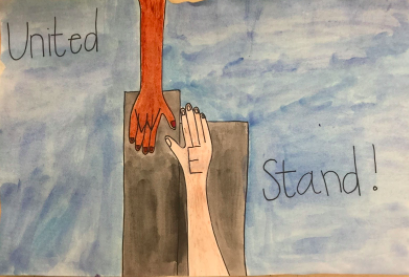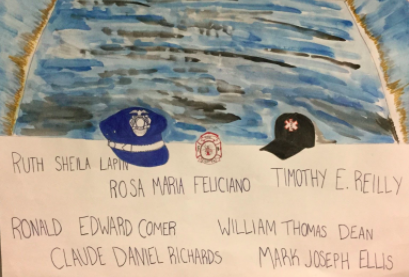
Using Hip-Hop to Bring Social Awareness into the Art Room
“They say I gotta learn, but nobody’s here to teach me. If they can’t understand it, how can they reach me?” – Coolio
As an art instructor in the south, I try to reach my students where they’re at, using what they love. At our school in Knoxville, Tennessee, we have a big population of students who love rap music. So when I came across Flocabulary at an Arts Integration Conference some years back, I couldn’t help but feel it would be well-received. I want my students to have a direct connection to and an interest in what they learn, and I want them to be socially responsible. In the past few years, I’ve been working on lessons that will support this mission, and I have found integrating hip-hop and using Flocabulary to be very helpful in reinforcing these concepts.
For my younger students, at the beginning of the year, I like to show the Flocabulary video “Managing Frustration” to let them know that their feelings of frustration in the art room are a common thing.
With my older students, I like to start at the beginning, in the early days of hip-hop, when Grandmaster Flash and the Furious Five had a very powerful song called “The Message,” which references homelessness, drug use, hardships of the economy, and other social issues. To build a connection for my students and a point of reference, I like to teach them how to write their names in old-school style graffiti. They seem to enjoy the project and do a great job, and I often use the Flocabulary video “Back in the Jam” to help set the tone and mood.
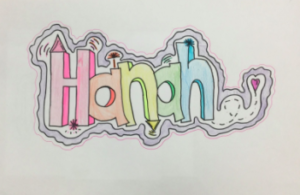
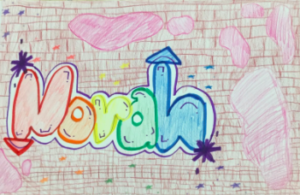
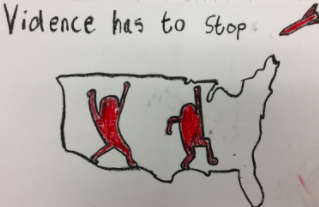
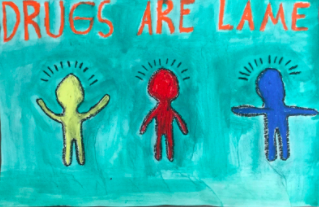
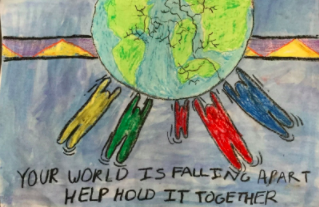
The street artist Keith Haring came to New York around this time and he noticed these social issues in addition to the incredible display of graffiti in the subway system. Keith Haring was very inspired by social issues, so I have my students do a Keith Haring styled project with a social message.
It’s my experience, after 20 years of teaching, that students today are more tolerant, sophisticated, and empathic than ever before. Once I began to explain the objective of connecting a Keith Haring-influenced image with a social issue, we engaged in a discussion about problems in today’s world. My students were very excited to chime in and list what bothers them. And if my students had any difficulty expressing this in words, art is a great way to explain ideas and feelings, and students are in tune to this.
[tweet “”I want my students to connect to what they learn and to be socially responsible.””]
Being a native New Yorker, one of the most horrific things to happen to my city was, of course, 9/11. There is a plethora of lessons related to social awareness that can be drawn from it. As one of the 9/11 Tribute Museum’s 2017 Teacher Award Winners, I have come across many teaching resources for 9/11, but as far as reaching my students and inspiring them to make projects based on it, nothing comes close to the impact that Flocabulary’s 9/11 video had.
I appreciate Flocabulary’s mission of educating students through a hip-hop-based platform. I have witnessed firsthand how students become engaged when a catchy and cool video is used in class that reinforces the lesson.
As far as reaching my students and inspiring them to make projects based on it, nothing comes close to the impact that Flocabulary’s 9/11 video had.
A couple of years ago, my school received a grant to provide each student with their own iPad. I felt that a schoolwide Flocabulary account would be the perfect accompaniment to support my ideas and projects. Though it was difficult to find funding, I was able to do so after several attempts to band together with like-minded teachers and find a grant to make the school-wide Flocabulary accounts possible. I appreciate all teachers who realize that there are students that we can reach through alternative methods and programs like Flocabulary. I always will be thankful to Flocabulary and our community for understanding that.

